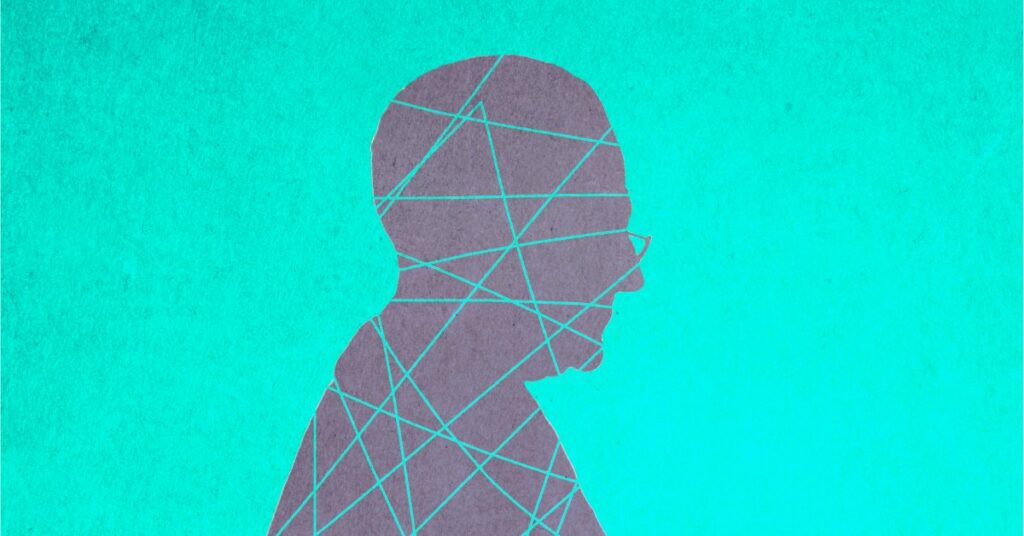We’re living longer than ever—but those extra years aren’t unfolding the way many hoped. Instead of later years spent thriving, millions are instead facing chronic illness, cognitive decline, and financial strain.
As of July 2025, the estimated global average life expectancy is approximately 73.5 years. This represents a slight increase from previous years, continuing a long-term trend of rising longevity (despite a temporary dip due to the COVID-19 pandemic). High-income countries with advanced healthcare systems, good sanitation, and healthy lifestyles have an even longer life expectancy average, reaching up to 84 years.
Our lifespans have expanded, but our healthspans—the number of years we live with mental sharpness, physical independence, and emotional well-being—has not kept pace. If we don’t prepare now, the result won’t just be personal hardship. It will reshape families, erode legacies, and overwhelm the caregiving systems we all depend on.
For much of the modern era, societies structured life around a four-stage model: youth, family-building, work, and a relatively short retirement. That framework no longer reflects reality. We now live through five distinct life segments, two of which—mid-life caregiving and prolonged dependency in later years—are stretching families, economies, and communities in entirely new ways.
The modern life course now looks more like this:
- Youth (0–20): Education and early development
- Single and Working (20–30): Career-building often accompanied by personal growth through travel and experiences
- Family Formation and Caregiving (30–50): A phase defined by diverse paths—raising children, supporting chosen families, or balancing demanding careers and eldercare responsibilities
- Working with Dependent Parents (50–67): The “sandwich generation,” increasingly caring for both younger and older generations
- Retired, Often Dependent (67–80+): Longer retirements, often accompanied by increasing cognitive and physical decline
The shift from four to five segments may seem incremental, but the consequences are profound. Mid-life adults are being pulled in multiple directions, often while navigating dual-income households or living alone. Retirement, once a brief final chapter, can now stretch 20 to 30 years, and too often, those years are marked by rising dependency.
Systems of support—social, economic, and medical—are struggling to keep up. What’s emerging is a global healthspan gap, where we’re living longer but not necessarily living well.
The healthspan gap—and what it costs
Research suggests that we’re entering the largest intergenerational wealth transfer in history, with trillions expected to pass from older to younger generations. But much of that wealth may never arrive.
Long-term care costs—especially when not covered by insurance or public programs—can quickly erode assets. Just a few years of residential or home-based care can deplete savings accumulated over a lifetime. Many families face these costs without adequate safety nets, and in aging societies, public eldercare systems are under mounting financial pressure.
If fiscal tightening leads to austerity-driven cutbacks, families may shoulder even more of the burden—quietly draining the legacies they hoped to pass on.
We’re not just living longer—we’re also living longer with dementia, Alzheimer’s, and other forms of cognitive impairment. And without meaningful action, this trajectory could accelerate.
This is not a dystopian fantasy. It’s a tangible future scenario if healthspan continues to lag behind lifespan, and our support systems fail to evolve.
The healthspan imperative
If we want longer lives to truly become better lives, we must shift our focus from simply extending lifespan to improving healthspan. That requires new thinking in prevention, technology, policy, and planning.
First, we must prioritize prevention and delay—not just in old age, but across all stages of life. Expanding access to community-based wellness programs focused on movement, nutrition, and connection can promote healthier aging. Preventive care must start earlier and before symptoms emerge, with lifelong attention to cognitive and emotional health. Supporting flexible work and phased retirement can reduce stress on caregivers in their peak working years.
Second, technology is a powerful enabler. AI assistants and care robots can assist with mobility, medication reminders, and safety monitoring to help older adults remain independent longer. In parenting, tech is already expanding: AI tutors and robotic companions support learning in dual-income or single-parent households. Predictive tools and remote monitoring systems can detect early signs of decline – whether cognitive, physical or emotional – and trigger timely intervention. These tools don’t replace human care. They extend it by enhancing independence, extending capabilities, and reducing caregiver stress.
Our public systems must also evolve. Governments should shift more funding from institutional care to proactive, community-based models. Policies that support aging in place, expand caregiver tax credits, and create savings incentives for long-term care can align care with reality—especially as aging populations strain public budgets.
Finally, we must plan across generations. Families need support to discuss roles, responsibilities, and expectations before a crisis hits. Healthspan should be integrated into financial and estate planning, because how long we live well directly affects what we leave behind. Caregiving, aging, and inheritance are not separate life challenges, but parts of a shared human journey that requires input and support from all those involved.
We stand at a global inflection point. If we let longevity unfold without intention, we risk decades of dependency, fragmented families, and generational loss. But if we choose to invest in healthspan—early, equitably, and boldly—we can reshape the future.
We can protect the well-being of aging populations without sacrificing the financial and emotional security of younger generations. We can use innovation not just to extend life, but to enrich it. And we can build communities that grow older with strength, grace, and resilience.
We’ve already added years to life. Now it’s time to add life to those years.
Read the full article here


